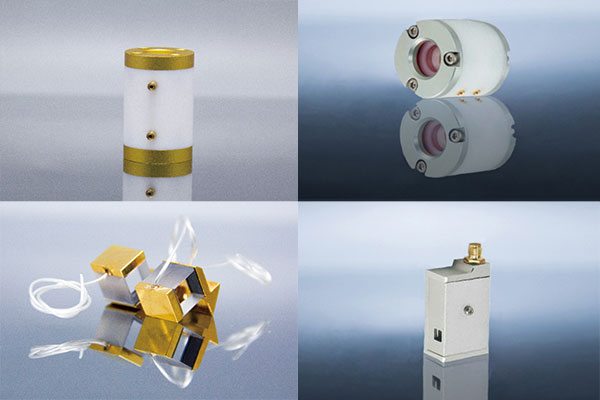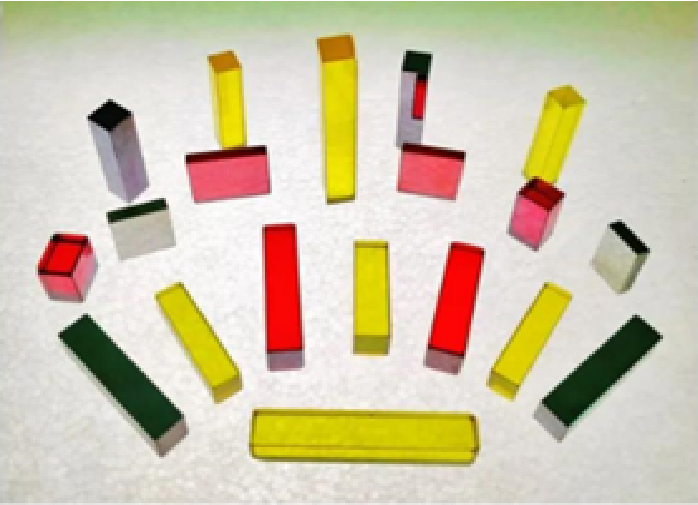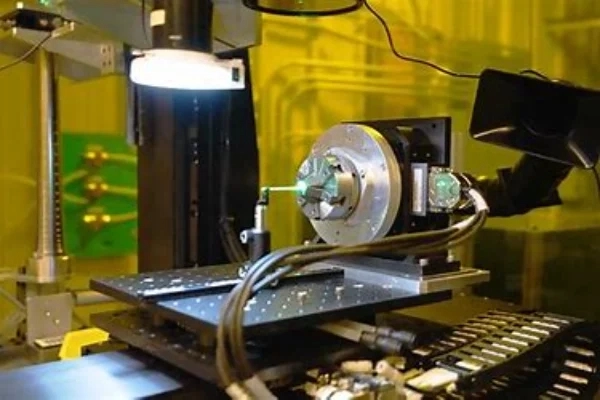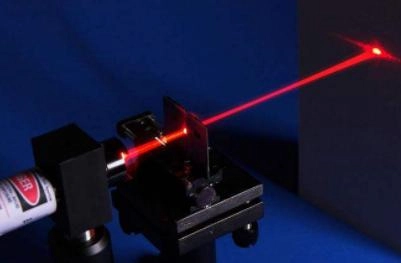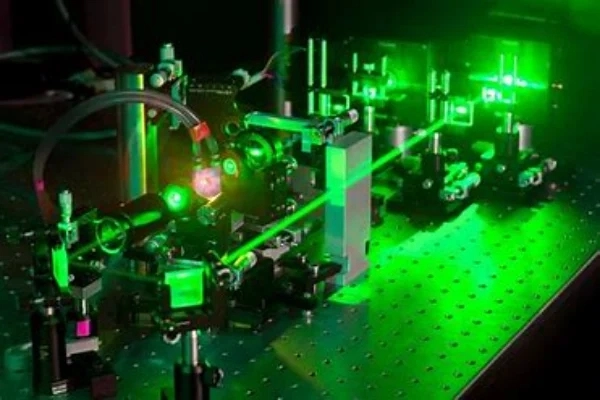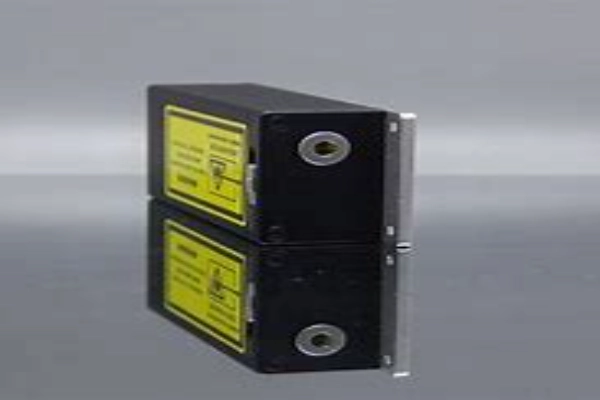Comparison of electro-optic modulation and acousto-optic modulation
In laser technology, modulation technology plays a crucial role. Through modulation technology, we can precisely control the characteristics of light waves to achieve a variety of applications such as information transmission, signal processing, and optical measurement. The core of modulation technology is to change the phase, frequency or amplitude of light waves through external factors (such as electric fields, sound waves, etc.) to meet different application requirements. Among many modulation technologies, electro-optical modulation and acousto-optical modulation are two common and widely used technologies. Electro-optic modulation is based on the electro-optic effect, which changes the refractive index of electro-optic materials by …
Comparison of electro-optic modulation and acousto-optic modulation Read More »

